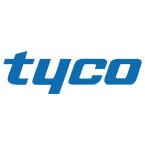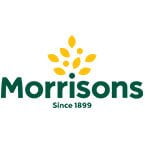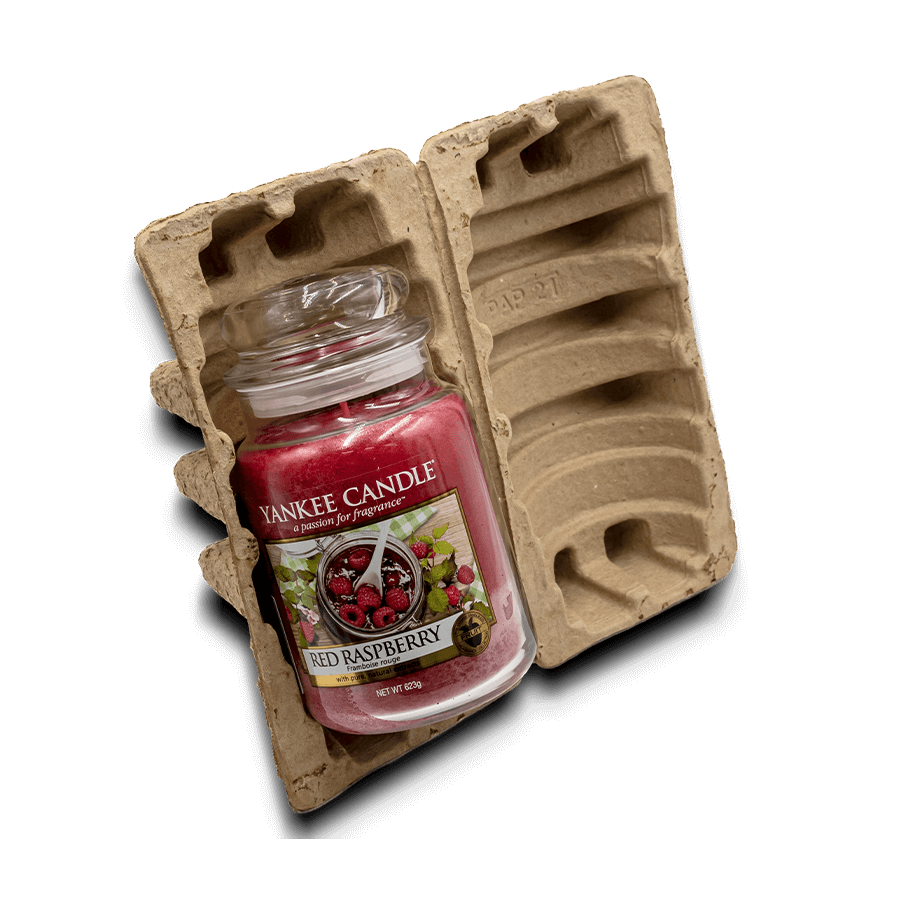Table of Contents
Moulded Fibre Packaging is a perfect fit for the Circular Economy, but to fully reap its benefits, it's important to adopt some best practices.
The circular economy is a model in which resources are kept in use for as long as possible, extracting the maximum value from them before recovering and regenerating them. This is an alternative to the traditional linear model of take-make-dispose, which is not sustainable in the long run.
Let's Start
Here are some tips on how to use moulded fibre packaging to achieve your goals in the circular economy:
- Use recycled content for your moulded fibre packaging: Using recycled paper products is an important step towards closing the loop of resource use. Make sure to use high-quality recycled content to ensure that the packaging is strong and durable.
- Choose biodegradable and compostable options: Biodegradable and compostable options are important in the circular economy as they reduce the need for landfills and incineration, thus reducing waste.
- Design for recycling: Make sure to design the packaging in a way that is easy to recycle. Avoid using adhesives, or if you must use them, make sure they are water-soluble.
- Choose products with long lifespans: Opt for products that can be used for a long time. Long-lasting products generate less waste and are more valuable.
- Customise your packaging: Customise your packaging with graphics and branding to make it stand out in the retail environment. This increases the product's visibility and ultimately its value.
- Use a closed-loop system for sourcing and production: Where possible, source materials from suppliers who are also committed to the circular economy. Additionally, make sure that your production process is as closed-loop as possible so that the waste generated is minimised.
- Collaborate with other industries: Find opportunities to collaborate with other industries that also use moulded fibre packaging. By working together, you can increase the recycling rate and reduce waste.
- Use data-driven decision-making: Monitor your progress and use data to make informed decisions. This will help you to identify areas for improvement and ensure that you are on track to achieving your goals in the circular economy.
- Communicate with your customers and suppliers: Educate your customers and suppliers about the benefits of moulded fibre packaging and the circular economy. This will help them to understand the value of the packaging and encourage them to recycle it.
- Continuously improve: Continuously strive to improve your use of moulded fibre packaging and the circular economy. Keep up with the latest trends, research and best practices, and incorporate them into your business as appropriate.
A Holistic Approach
Adopting these best practices can help to ensure that you are getting the most out of your use of moulded fibre packaging and contributing to the circular economy. The key is to take a holistic approach, which includes sourcing, production, and post-consumer waste management. By using recycled content, choosing biodegradable and compostable options, designing for recycling, choosing products with long lifespans, customising your packaging, using a closed-loop system for sourcing and production, collaborating with other industries, using data-driven decision-making, communicating with your customers and suppliers, and continuously improving, you will be able to achieve your goals in the circular economy while also providing a valuable service to your customers.
It is important to recognise that transitioning to the circular economy, and specifically the use of moulded fibre packaging, is a process that takes time, but starting small and gradually implementing changes is a great way to approach it. By taking advantage of the best practices outlined above, businesses can transition to a more sustainable, circular economy model and play their part in preserving resources, reducing waste, and protecting the environment.
To Conclude
In conclusion, moulded fibre packaging is a valuable addition to the circular economy.
By adopting best practices such as using recycled content, choosing biodegradable and compostable options, designing for recycling, choosing products with long lifespans, customising your packaging, using a closed-loop system for sourcing and production, collaborating with other industries, using data-driven decision-making, communicating with your customers and suppliers, and continuously improving, businesses can take full advantage of the benefits of moulded fibre packaging and contribute to a sustainable future.


















